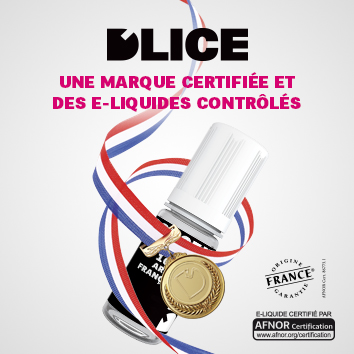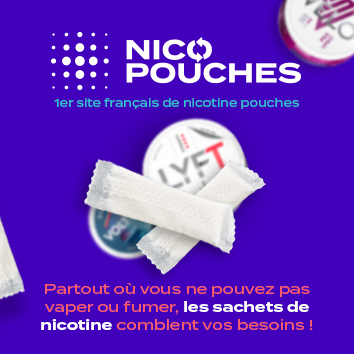“Juuling”: a trending activity for American teenagers

Presented as a trendy electronic cigarette model, the new vaping device known as Juul has seen great success among young Americans. Similar in design to a USB data stick, and also USB-chargeable, this new product has everything a high-schooler could want. And as a result, across the Atlantic, its extensive use among minors is beginning to worry authorities, and the media is catching on.
While the design draws a teenage crowd, its use is technically forbidden for anyone under 21 years of age. In reality, many are able to procure Juuls at 18 years of age, some even younger. Discreet and easily mistaken for a USB key, it’s easy to sneak one into school, and even to vape in the middle of class. This is the main complaint the media are reporting about the Juul device.

Comparable, but not exactly an e-cigarette
 The other major complaint given for the Juul is the high levels of nicotine it can deliver. Indeed, the device has an output of about 200 hits, with a nicotine level equivalent to a pack of 20 cigarettes. Juul therefore delivers far more nicotine than an electronic cigarette.
The other major complaint given for the Juul is the high levels of nicotine it can deliver. Indeed, the device has an output of about 200 hits, with a nicotine level equivalent to a pack of 20 cigarettes. Juul therefore delivers far more nicotine than an electronic cigarette.
Ashley Gould, director of the company Juul Labs, defended the brand against the accusations. According to her, these rates allow users to puff on the Juul less frequently than they would on a traditional e-cig. Regarding the design, the concept was to provide a compact, easy-to-carry device with user-friendly recharging, but not to be easily “hidden”.
While Juul’s designers wanted nothing more than to offer a new alternative to tobacco products, they now find themselves at the heart of a controversy. American media are accusing the company of encouraging younger consumers to become addicted to nicotine and, by extension, encouraging them to smoke. According to sociologist Amelia Howard, it is tobacco companies in particular who are worried about the Juul, as they see their market shares stolen by modern alternatives to smoking.






